Rococo has to be one of my favourite periods in art. It is so defined from all other periods as it was short lived (lasting only 30 odd years), fun and erotic – a strange contrast to the intensity of the Baroque period of which it stemmed from.
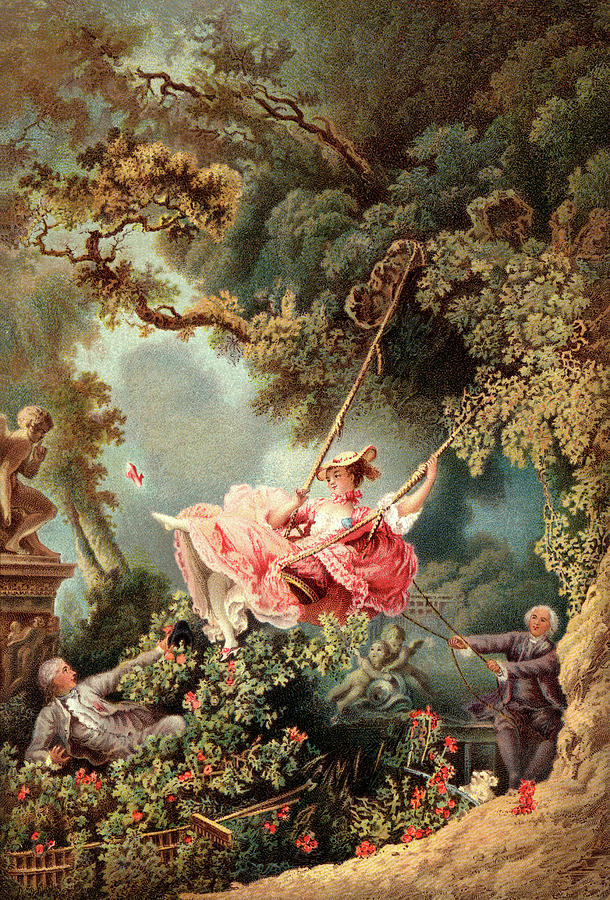
The most notable feature of Rococo art is the colour. It is playful, lighthearted and dainty, using a pastel palette and golden accents. In paintings, subjects were put in spaces with minimal shadows and direct sunlight giving them a glowy appearance while dressed in yellows, blues and pinks. These pale colours represented an era of prosperity, peace and optimism which is still associated with these colours today. I was intrigued to discover that pink, a colour typically associated with girls or femininity, was considered masculine at the time. Red was a very masculine colour, and pink was a lighter tint of that which made pink the Rococo red. Pink was so popular that men are often depicted wearing it in paintings of the time, as well as in the men’s fashion of the age, it was even popular for men to paint their bedrooms pink. For women a more delicate blue or yellow was in fashion, it’s interesting to think that an entire perception of a colour has changed over the years.
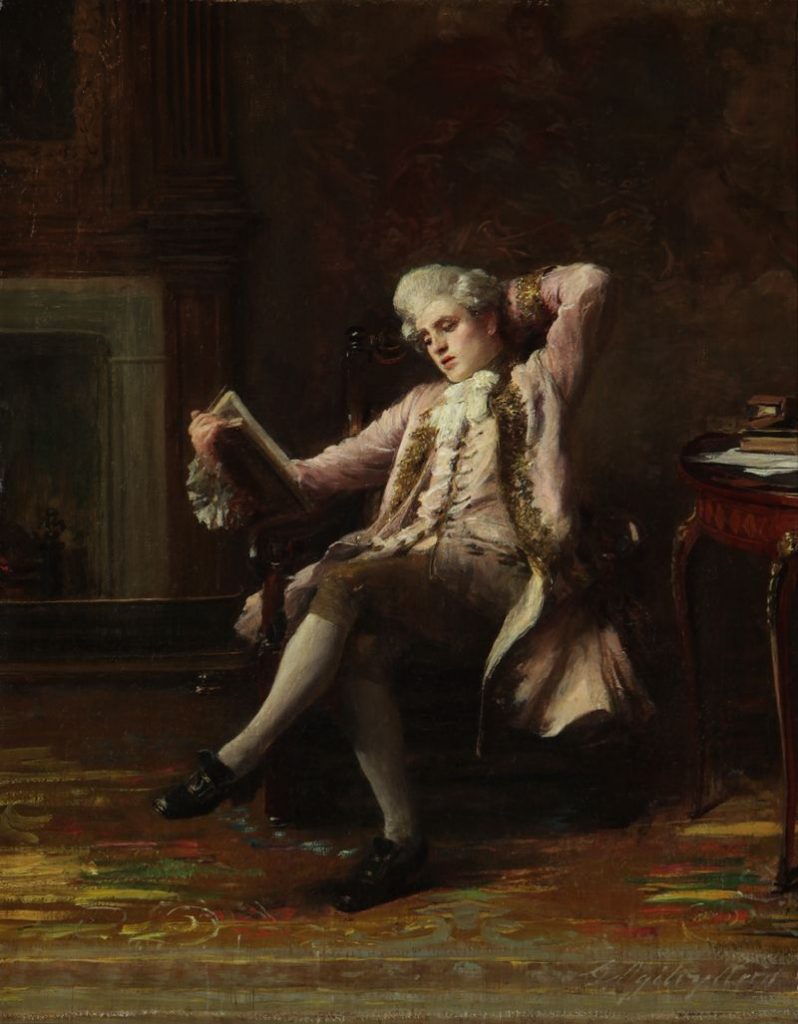
Rococo style was a reaction to the Baroque style and a reflection of upper class culture of the time. The main patrons were aristocrats in this age so many of the works were reflections of their home life – picnics, travels and aristocracy out in nature. Hardly any religious or historical works were made showing that this truly was a time of noble pleasure and wealth. This was the birth of the first fanart as the rich adored theatre and became more erotic and flamboyant in their art to mimick or capture the dramatic stories and actors. Rococo style broke down ideas that art needed to be serious and educational, instead it allowed for more freedom and fun within works and experimentation with colour and brushstrokes. Though Rococo was short, it opened up the doors of what art and culture could be and how life and sensual feelings could be captured through art.
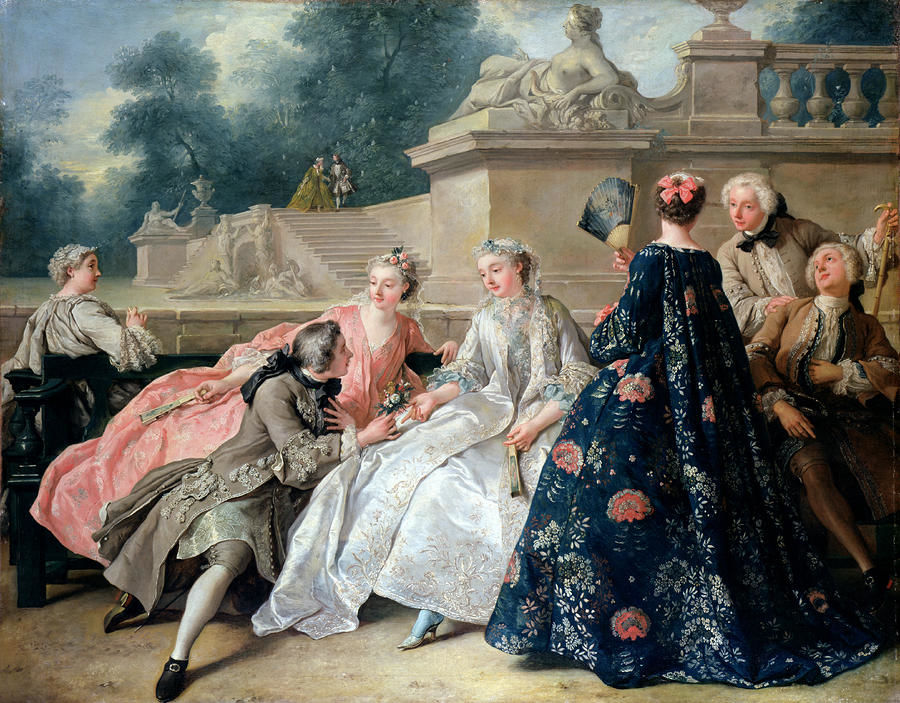
The architecture of the time is very striking with its frivolous golden decorations, asymmetrical designs, high ceilings, pastel colours and curves, curves everywhere.
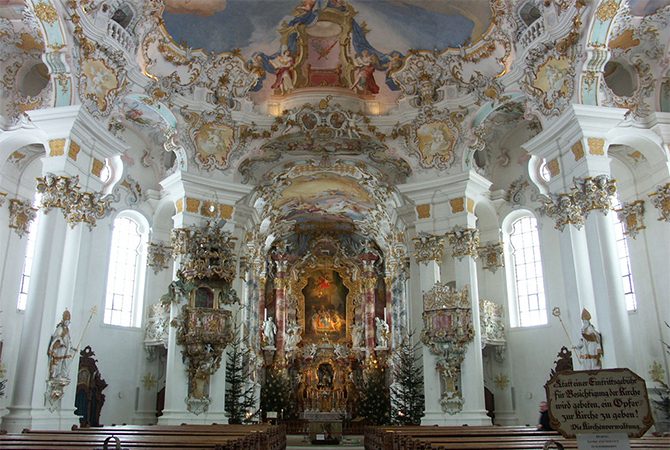
Curves in the walls, ceilings, chairs, beds. “S” shaped decorations, frames, windows and tables. It had bright coloured walls and white accents which made it stand out among Baroque work.
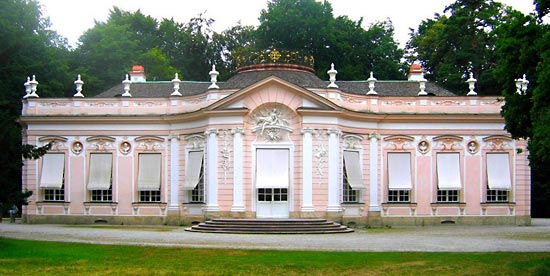
The architecture fully embodied the era with its brightness and glamour and has become what we think of when we picture the richest of the rich, royalty and lavish living.
Jeffs Powerpoint:)
Leave a Reply